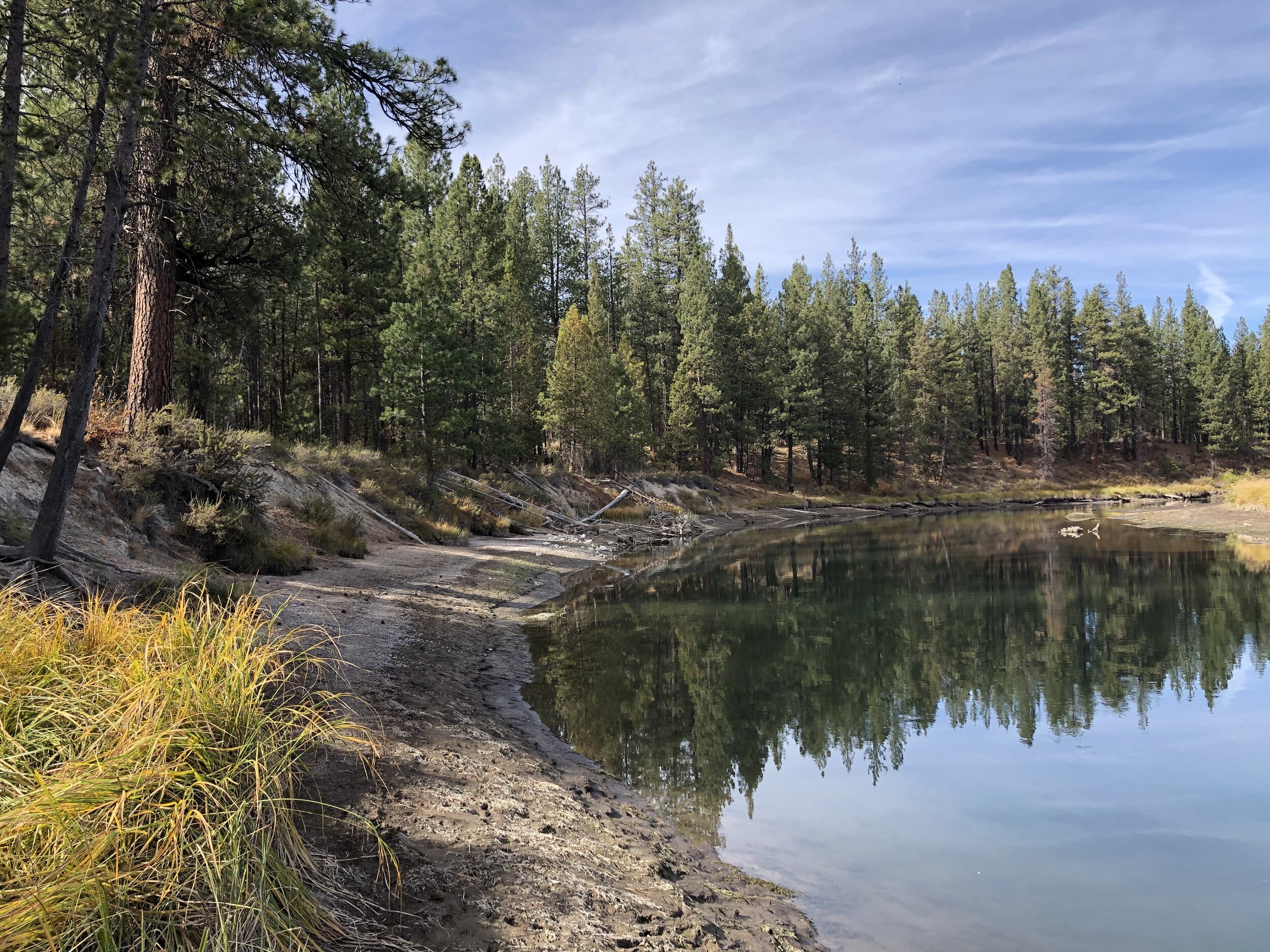The Unfortunate Truth about the Deschutes River
Two weeks ago, the irrigation districts turned off the flow of the Upper Deschutes River – again. An empty Wickiup Reservoir made front-page news, but why don’t we lament an empty river? Why don’t we seem to care about the ecological demise of our River?
Since the completion of Wickiup Dam in 1949, the Upper Deschutes has suffered a significant ecological decline. The once stable flow is now highly volatile, varying from low flows of 100 cubic feet per second (cfs) in the winter to flood-level flows as high as 1,800 cfs in the summer. The physical changes to the river channel, streambanks, and wetlands have had a devastating effect:
Bull Trout no longer swim our waters and Redband Trout struggle to survive.
The Oregon Spotted Frog is now listed as a threatened species.
The seasonal flows have weakened streambank vegetation, resulting in severe erosion.
This unnatural fluctuation is due to the demand of six irrigation districts, which require that virtually all the water from the headwaters be stored in the winter and released in large volumes during the growing season.
Our extraordinary, one-of-a-kind spring-fed river moves toward ecological collapse, and only swift intervention can save it.
Fortunately, a Habitat Conservation Plan (HCP), an enforceable agreement between the irrigation districts and federal agencies, is being developed to reduce the irrigation districts’ harmful effects on the River and its fish and wildlife. Much is a stake. This federal regulatory process represents the last opportunity to set appropriate flow goals for the river for the next 30+ years.
The HCP is an applicant-driven process in which the irrigation districts seek to be excused from their harm to threatened species in return for specific improvements to flows in the River. The districts’ stated solution relies almost exclusively on piping the large district-owned canals to reduce water transmission losses. While such piping is part of the solution, it is too expensive to be a near term solution:
Piping district-owned canals will cost $720 million and does not address the underlying wasteful water use across Central Oregon.
On-farm improvements such as piping private irrigation ditches, eliminating flood irrigation, and installing efficient irrigation equipment can conserve nearly 70,000 acre-feet of water per year at 10% of the main canal piping cost.
The fish and frogs need improved streamflow today, not 20 years from now as their current plan proposes.
Enormous progress could be made relatively quickly and inexpensively through voluntary market approaches that create incentives for conservation.
It is time to change the rules of the game and set new streamflow goals for the Upper Deschutes River. We can restore the River to its proper functioning condition while providing irrigation water to the efficient farmers who need it. The time to act is now!


